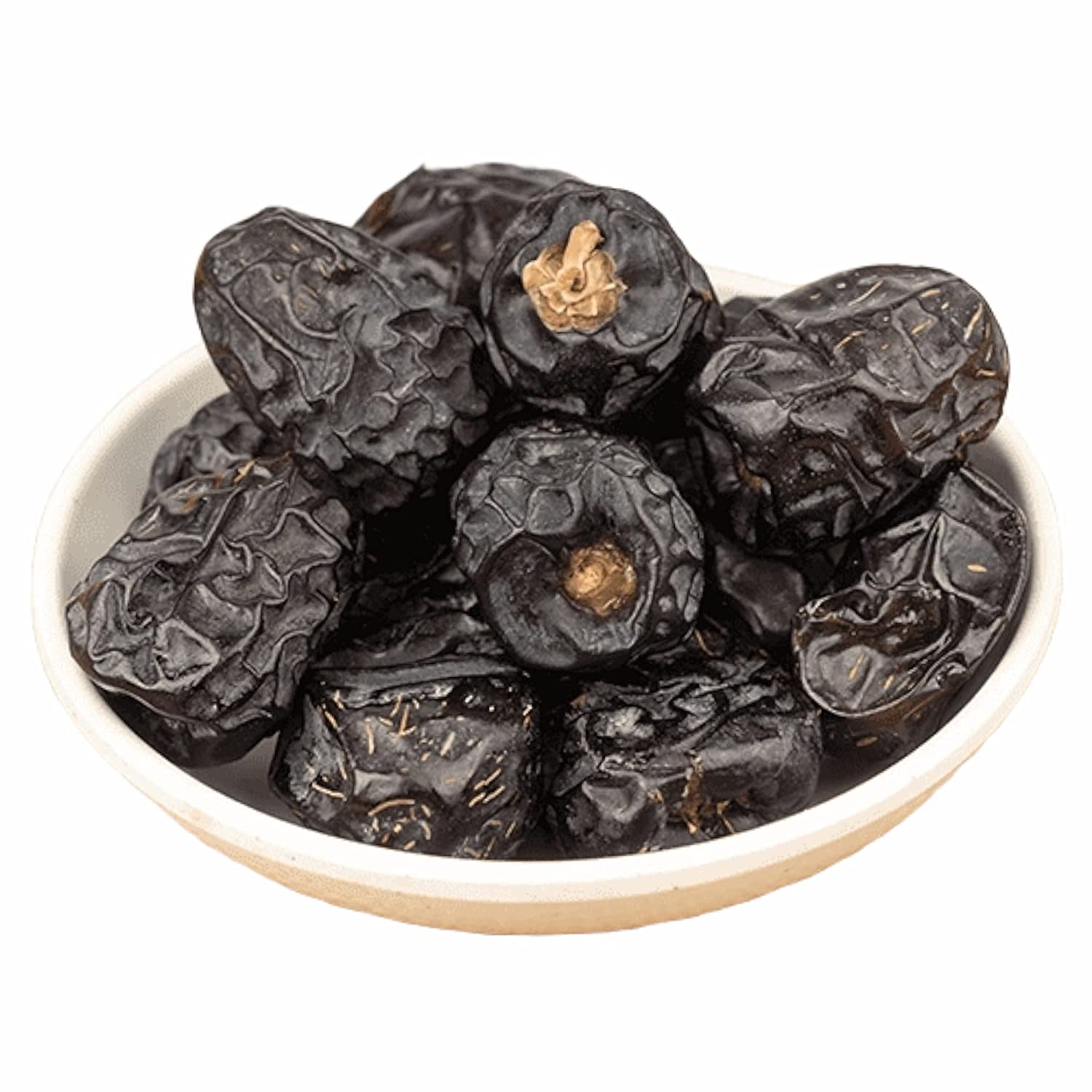A Look Inside Kurma Supplier Pricing Structures

Dates, nature’s candy, come in a dazzling array of textures and flavors. But have you ever wondered how a kurma supplier establish their pricing structures? This blog post delves into the world of date pricing, exploring the factors that influence the cost of these delightful treats across different varieties and quantities.
Beyond the Sticker Shock: Unveiling the Factors Behind Date Supplier Pricing
The price you encounter at a supplier isn’t random. Several factors contribute to the overall pricing structure:
-
Date Variety: Different date varieties inherently have varying price points. For example, Medjool dates, known for their large size and premium quality, typically command a higher price compared to Deglet Noor dates, which are smaller and have a distinct flavor profile.
-
Quality Factors: The overall quality of the dates also plays a significant role. Factors like size, ripeness, blemish-free appearance, and organic certification can all influence a supplier’s pricing structure. Generally, higher quality dates come at a premium cost.
-
Quantity Purchased: suppliers often offer tiered pricing structures based on the quantity you purchase. Bulk purchases typically qualify for discounts compared to smaller retail quantities. This incentivizes buying in larger amounts for businesses or frequent date consumers.
-
Minimum Order Quantities (MOQs): Some suppliers, especially when dealing with bulk dates, might have minimum order quantities (MOQs) in place. This ensures a certain level of sales volume for the supplier and can influence the overall pricing structure.
Seasonal Swings: Understanding Date Availability and Pricing Fluctuations
Just like many other fruits, the availability of dates can be impacted by seasonality. Here’s how it affects pricing:
-
Peak Harvest Seasons: During peak harvest times, date abundance often leads to lower prices due to increased supply. This can be a great opportunity to stock up on your favorite varieties at a more cost-effective price point.
-
Off-Seasons: Conversely, dates might be more expensive during off-seasons when supply is limited. Understanding these seasonal fluctuations can help you plan your date purchases strategically.
Beyond the Price Tag: Additional Considerations for Date Supplier Pricing
While variety, quality, quantity, and seasonality are primary factors, there are additional considerations to keep in mind:
-
Origin and Sourcing: Dates from specific regions known for high-quality production might have a higher price tag compared to those from less established regions. Suppliers often factor in origin and sourcing costs when determining their pricing structure.
-
Fair Trade Practices: Supporting a kurma supplier who prioritize fair trade practices can influence pricing. Fair trade dates might come at a slightly higher price point, but you’re contributing to ethical and sustainable sourcing methods.
Conclusion: Making Informed Decisions with Kurma Suppliers
Understanding the factors influencing kurma supplier pricing structures empowers you to make informed buying decisions. Consider your needs, budget, and desired quality level when selecting dates. Don’t hesitate to ask questions from reputable suppliers to gain a clearer understanding of their pricing structure for specific varieties and quantities. Remember, the most expensive date isn’t always the “best,” and finding the perfect balance between quality and price is key to enjoying these delightful treats!
Key Highlights:
- Date variety, quality, quantity purchased, and minimum order quantities all influence kurma supplier pricing.
- Seasonal fluctuations can lead to lower prices during peak harvest times.
- Origin, sourcing, and fair trade practices can also be factors in pricing structures.
- Understanding these factors empowers you to make informed decisions with suppliers.